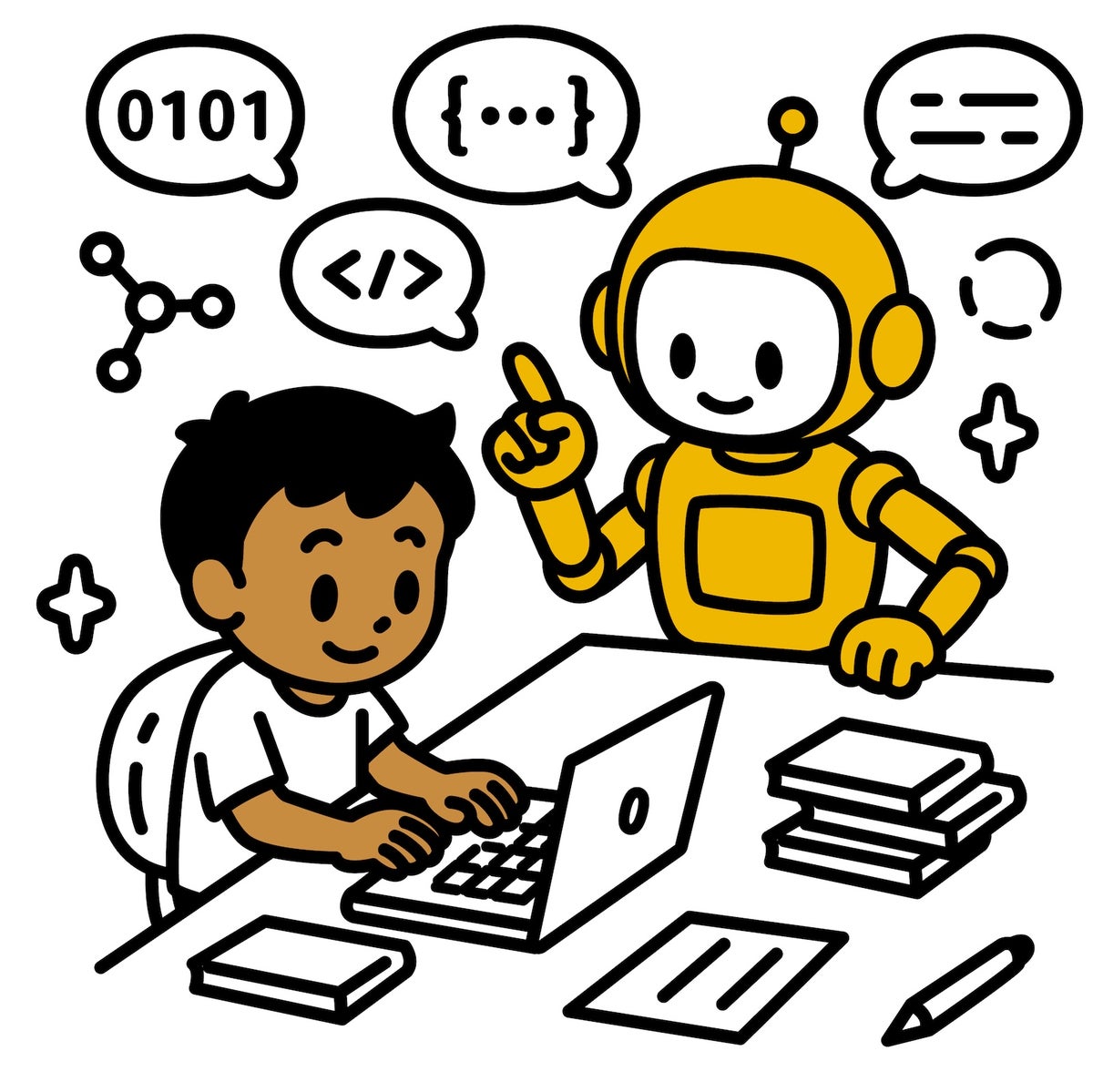
"Gajilan, who has worked at Reuters for more than 14 years and was then digital news director, had been reading about artificial intelligence and custom GPTstailored AI models that users could configure for specific tasks. After confirming her data would be private, she fed one of the models Tobey's report cards, neuropsychological evaluations and individualized education programs for his dyslexia. She also gave it his interests: dragons from the book series Wings of Fire, battles with Nerf guns, a song or two from Hamilton."
"She told the GPT he was bright and competitive but struggled with reading and writing, and she asked it to look for the best pedagogical approaches. You are a special education teacher with expertise in teaching kids with dyslexia, she recalls writing. Your job is to help my son.Then she handed Tobey the smartphone. The decision wasn't made lightly. Though she worked in technology, she didn't let him use social media, and he didn't have his own smartphone, "
Tobey's dyslexia was identified in a routine school screening and led to tutoring, speech therapy, a neuropsychological evaluation and placement at a Manhattan school for children with learning differences. He continued to struggle and at age 11 returned home discouraged, questioning why learning felt harder for him. His mother, Arlyn Gajilan, who worked at Reuters as digital news director, researched artificial intelligence and custom GPT models. After confirming data privacy, she fed a model Tobey's report cards, neuropsychological evaluations and individualized education programs and added his interests and learning profile. She instructed the GPT to act as a special education teacher to help her son, then gave Tobey a smartphone to use the model despite concerns about technology harm. The GPT produced a creative pedagogical approach that surprised her.
Read at www.scientificamerican.com
Unable to calculate read time
Collection
[
|
...
]